Peas
Peas are foods of plant origin belonging to the group of legumes. They are produced from the plant Pisum sativum, commonly called pea, of which they make up the seeds; this annual herbaceous plant belongs to the Fabaceae family (otherwise called Papilionaceae or Leguminous plants), the same of beans, lupins, broad beans, chickpeas, peanuts, lentils and cicerchie, as well as tamarind and carob.

As regards the product profile, peas are marketed in different forms: fresh, still in the pod, fresh but already shelled (rarely), frozen, dried, pea flour, in cans (brine) and in mixed preparations. such as salad dressings, ready-made sauces, in oil, etc. Most pea varieties offer an edible portion limited to ripe seeds; however, the small and unripe pods (similar to snow peas) can also be eaten (cooked). Some people also like fresh, raw peas, but their digestibility and nutritional availability are more limited.
From a nutritional point of view, peas are classified as legumes, therefore they belong to the IV fundamental group of foods. They provide starch, proteins of medium biological value, a lot of fiber, a fair portion of mineral salts and vitamins; there is no shortage of antioxidants and other useful molecules.
With the advent of "alternative" food styles, many preparations based on cereals (such as bread making or the production of vegetable meat) have been enriched with legume flour. That of peas, in particular, is widely used and falls within the many vegan-type recipes to compensate for the biological protein value.
Vegetable Cheese with Pea Flour
Problems with playing the video? Reload the video from youtube.
- Go to the Video Page
- Go to the Video Recipes Section
- Watch the video on youtube
Pea flour
Pea flour is the powder obtained by grinding the dried and hulled seed. By means of special grinders, the dried peas are deprived of the fibrous coating and, with appropriate sifters, separated by: integument, germ ("live" portion, mainly lipidic) and processing flour.
The relative waste is used as forage; still in the zootechnical sector, pea flour enriched in methionine was tested as feed for chickens and laying hens (as a substitute for corn and soy powder).
Some dried peas are also colored using copper sulfate or chlorophyll. Probably, the same methodology is also used for some seeds destined for the production of flour; this would explain the considerable chromatic discrepancy between the various products available on the market.
Generally, pea flour is yellowish or greenish white in color, has an intense smell and flavor of legumes and has considerable hygroscopic capacity (that is, to absorb atmospheric humidity).
Pea flour contains about 11.2% of water, 25.7% of nitrogenous substances (especially proteins), 1.8% of fatty substances, 57.2% of NON-nitrogenous substances (especially carbohydrates ), 1.3% cellulose and 2.8% ash (mineral salts).
The starchy grains of pea flour are irregular but round, ellipsoidal or kidney-shaped. They are often equipped with a linear hilum and sometimes have split edges; the diameter is> 30-40µ.
The "traditional" culinary destination of pea flour is the preparation of soups, while today it is increasingly involved in the formulation of: bread and analogues (10-30% with wheat flour), vegan foods (such as pea sausages: Erbswurstel), diet foods, meat and pea soups, condensed pea soups, meat extract etc.
Below is a small nutritional table referring to a commercial pea flour; the price is around € 2.00 / kg.
Energy value (kcal)
332
Protein (g)
23.1
Carbohydrates (g)
56.7
Fat (g)
1.4
Fiber (g)
N.d.
Sodium (g)
N.d.
From a dietary point of view, pea flour is a rather energetic food; calories are essentially supplied by carbohydrates but there is no lack of good doses of proteins (of medium biological value). Lipids are extremely low.
Unfortunately, since it is a powder obtained from hulled seeds, the quantity of fiber (not mentioned in the table) could be higher; fortunately, in the pea flour one should still appreciate discrete concentrations of inulin and pectin, responsible for:
- Hypocholesterolemic capacity
- Moderation capacity of the glycemic index
- Ability to prevent constipation
- Probiotic ability.
In fresh peas there are also considerable concentrations of vitamins (especially B1, PP, A, C) and mineral salts; however, in pea flour it is not possible to establish the real quantities.
Concentrations of mineral salts should be good, especially as regards: potassium, phosphorus and iron.
Pizza with Pea Flour
Gluten Free Pizza with Pea Flour
Problems with playing the video? Reload the video from youtube.
- Go to the Video Page
- Go to the Video Recipes Section
- Watch the video on youtube
Other Foods - Legumes Peanuts Chickpeas and Chickpea Flour Cicerchie Beans Azuki Beans Green Beans Broad Beans Falafel Chickpea Flour Bean Flour Bean Flour Lentil Flour Pea Flour Soy Flour Legumes Lentils Lupins Peas Soy Jackdaws Tempeh Tofu Yogurt ARTICLES Soy OTHER Categories Alcoholics Meat Cereals and derivatives Sweeteners Sweets Offal Fruit Dried fruit Milk and derivatives Legumes Oils and fats Fish and fishery products Salami Spices Vegetables Health recipes Appetizers Bread, Pizza and Brioche First courses Second courses Vegetables and Salads Sweets and Desserts Ice creams and sorbets Syrups, Liqueurs and grappas Basic Preparations ---- In the Kitchen with Leftovers Carnival Recipes Christmas Recipes Diet Recipes Light Recipes Women's Day, Mum, Dad Functional Recipes International Recipes Easter Recipes Recipes for Celiacs Recipes for Diabetics Recipes for Holidays Recipes for San Valentino Recipes for Vegetarians Recipes p roteiche Regional Recipes Vegan Recipes

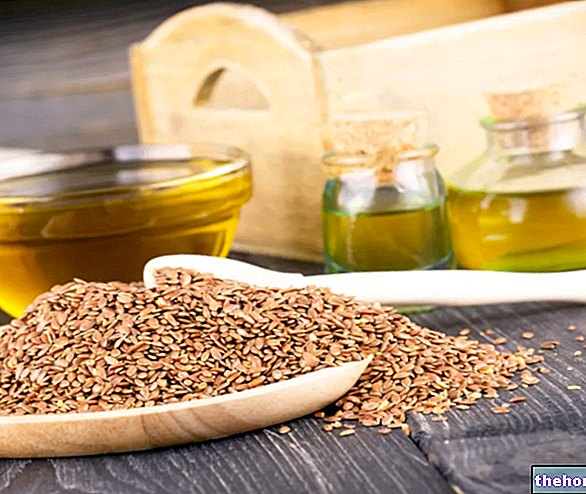
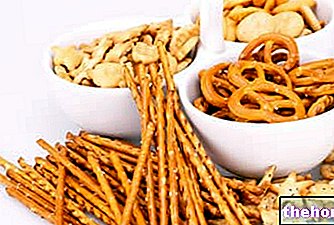
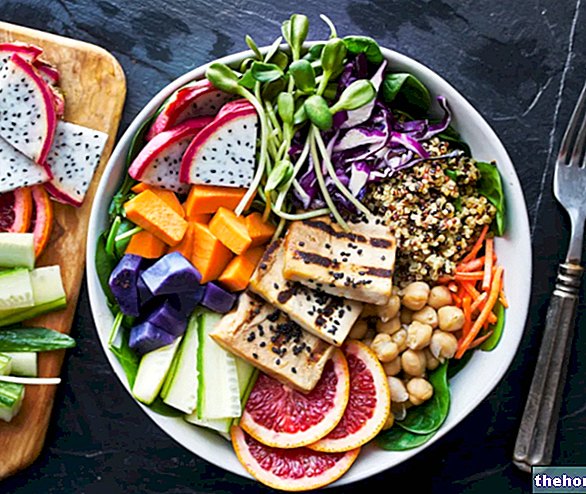
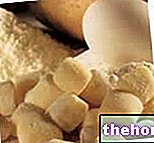
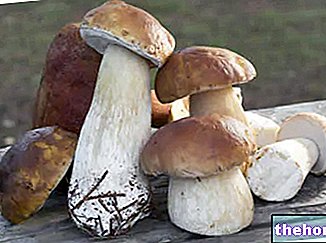

















-nelle-carni-di-maiale.jpg)




